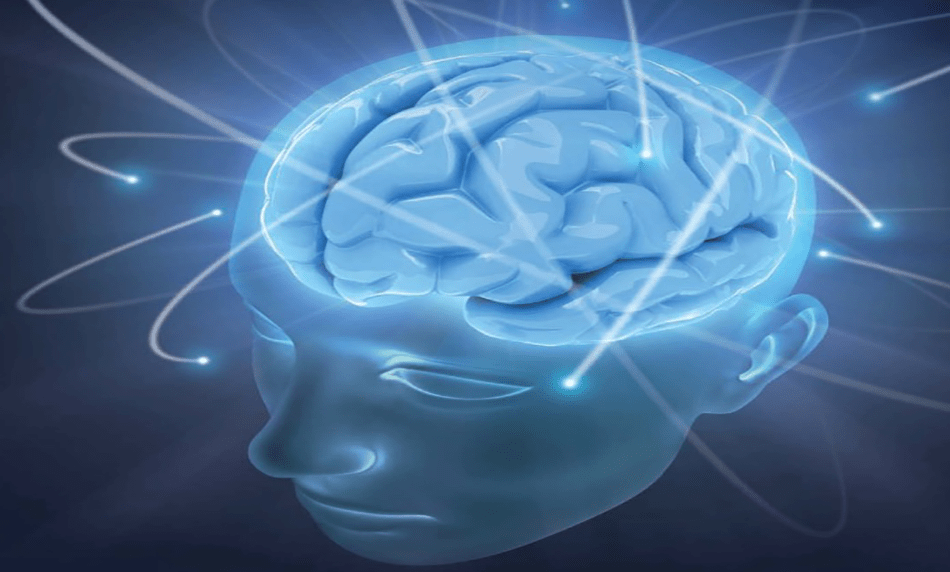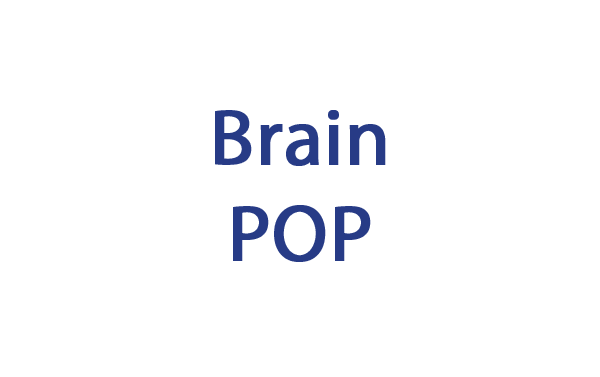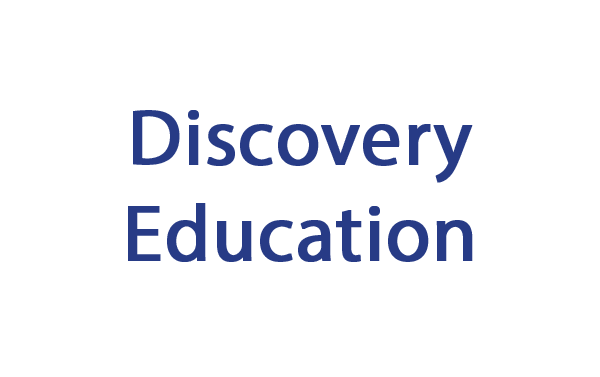

Students will:
- Know about some of the recent evidence and research into the brain and learning
- Know that they can affect the quality of their own learning
- Know that there are a number of different ways of learning
- Be able to apply these theories to their own learning and reflect on their importance
The big idea
Why do we come to school? To learn. But how good a learner are you, and why is learning such an important skill? Learning is the star of the show… This unit of work is all about what is going on inside our heads.
We’ll be finding out:
We’ll also be:
When we do this work we will be:
In this BrainPOP movie, Tim and Moby introduce the most complex thing you own: your brain. Discover what the size of a brain has to do with intelligence, how much the average brain weighs, what the brain is made of, and what actions and bodily functions the brain controls. You’ll also learn what percentage of oxygen you breathe is used by your brain, the three basic parts of the brain, and what it means when someone says they are left- or right-brained. Plus, find out some other cool things, like which part works as the brain’s switchboard and which part makes you stop eating and tells you that you’re full!
Tim and Moby will show you what makes neurons so different from other kinds of cells. You’ll learn about why neurons need to be shaped the way they are, and how they connect up with other neurons to form your nervous system! Get acquainted with the anatomy of a neuron, so you can tell a myelin sheath from a dendrite. You’ll also discover what the three main kinds of neuron are, and where you might find each.
You’ll learn about the history of dreams in human culture, dating all the way back to the dawn of civilization! Find out how a book by Sigmund Freud set the stage for how scientists would study dreams and their interpretation through much of the 20th century. You’ll also learn about REM (rapid eye movement), the stage of sleep most conducive to dreaming, and when it was first discovered. Finally, you’ll find out some of the competing theories about what dreams mean and how they’re made. You spend over six years of your life dreaming--learn more about this other world!
In this BrainPOP movie, Tim and Moby teach you all about sleep and why we need it! You’ll learn exactly how your body rests during sleep, and what your brain does, too. Find out what would happen if you didn’t sleep for a day or many days - it’s not a pretty picture! Plus, you’ll discover the cycles that happen during sleep, some different theories on the development of dreams, and what we know about sleep in other animals.
In this BrainPOP movie, Tim and Moby teach you how to set goals that are specific, time-bound, and attainable. Learn how to plan out benchmarks and mini-goals to create a path to success. Discover the importance of creating a reasonable schedule you can stick to. And explore special techniques like the SMART system that you can use to take your goal-setting to the next level.
Whatever you call it, everyone gets a little stressed out now and then. The important thing is how you manage it. In this BrainPOP movie, Tim and Moby explore the biology and psychology of stress. First, you’ll find out what kinds of situations often lead to feelings of stress. You’ll also discover the biological mechanism behind stress, and why it makes us feel so lousy. Most important, you’ll learn techniques for reducing stress when it builds up, and get strategies for keeping stress under control in the long term.
Tim and Moby can help! In this BrainPOP movie, they’ll tell you about all the tools you’ll need to do good research! They’ll start you off by telling you about what kinds of resources you can use. You’ll also learn which sources can give you a basic summary of your topic and how you can use your first sources to find even more information. Plus, you'll discover some of the many different resources libraries have, and find out the difference between primary and secondary sources.
See more relevant resources on BrainPop
How are food and water absorbed into the bloodstream? How do exercise, food and drink affect health? Videos, activities, printable resources and factfiles will help children to learn how the body grows, functions and stays healthy.
How are food and water absorbed into the bloodstream? How do exercise, food and drink affect health? Videos, activities, printable resources and factfiles will help children to learn how the body grows, functions and stays healthy.
Learn how to keep the body and mind healthy with a variety of videos, activities and pictures.
Videos, activities and factfiles about our bones, skeletons, muscles, the organs of the body and exercise.
A vast library of videos, activities and learning tools that encourge the exploration of topics such as healthy eating, growing up, keeping fit and feelings.
See more relevant resources on Discovery Education
Organisms and environments. Consider how animals and plants adapt and are suited to their habitat. Identify how animals and plants are adapted to suit their environment in different ways and that adaptation may lead to evolution
Create and interpret data displays used in scientific inquiry. Recording data and results of increasing complexity using scientific diagrams and labels, classification keys, tables, scatter graphs, bar and line graphs.
Compare life cycles of mammals, amphibians, insects and birds. Describe the differences in the life cycles of a mammal, an amphibian, an insect and a bird
See more relevant resources on Education City
A website to find books and good brainy things such as a gelatine demonstration brain.
www.photovault.com/Link/Health/anatomy/Nervous/HaNVolume01.html
Photovault website provides a range of pictures of the brain.
www.faculty.washington.edu/chudler/neurok.html
The Neuroscience for Kids website. One of the best all-round site for elementary children to go to, with lots of information and games. You can also subscribe to a regular Neuroscience for Kids e-newsletter.
The Franklin Institute’s website has brain information for children and teachers.
An American website that searches out the best websites for children. Worth looking at, it has links to brain sites including Neuroscience for Kids.
www.atozteacherstuff.com/stuff/brain.shtml
A website that describes teachers’ attempts to introduce brain-related ideas into classrooms.
The original Memory Gym website provides tips on how to improve your memory.
http://faculty.washington.edu/chudler/chmemory.html
Neuroscience for Kids website features a selection of memory experiments and games.
http://www.photographicmemorygame.com/
This photographic memory game is a fun and challenging game that tests visual perception ability.
http://faculty.washington.edu/chudler/flash/comic.html
University of Washington website features this animated comic strip of Sam on his own adventure into his brain.
http://www.allsands.com/literature/countingjapanes_rku_gn.htm
The All Sands website provides tips to help make learning easier
Ted Talk: After watching this, your brain will not be the same
Ted Talk: The most important lessons from 83,000 brain scans






